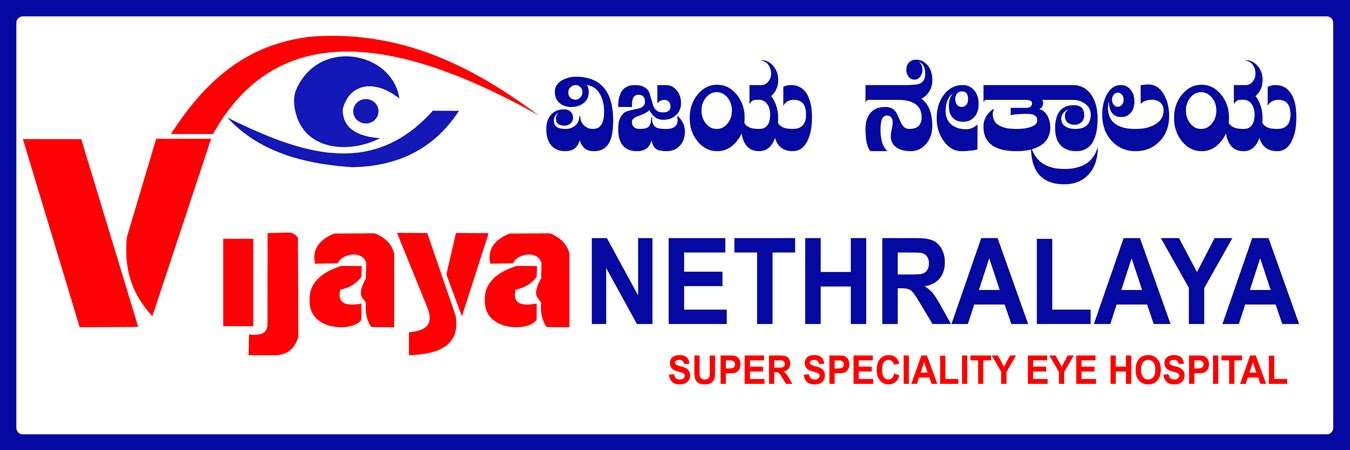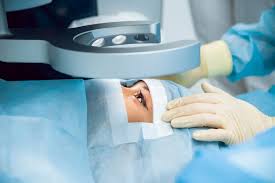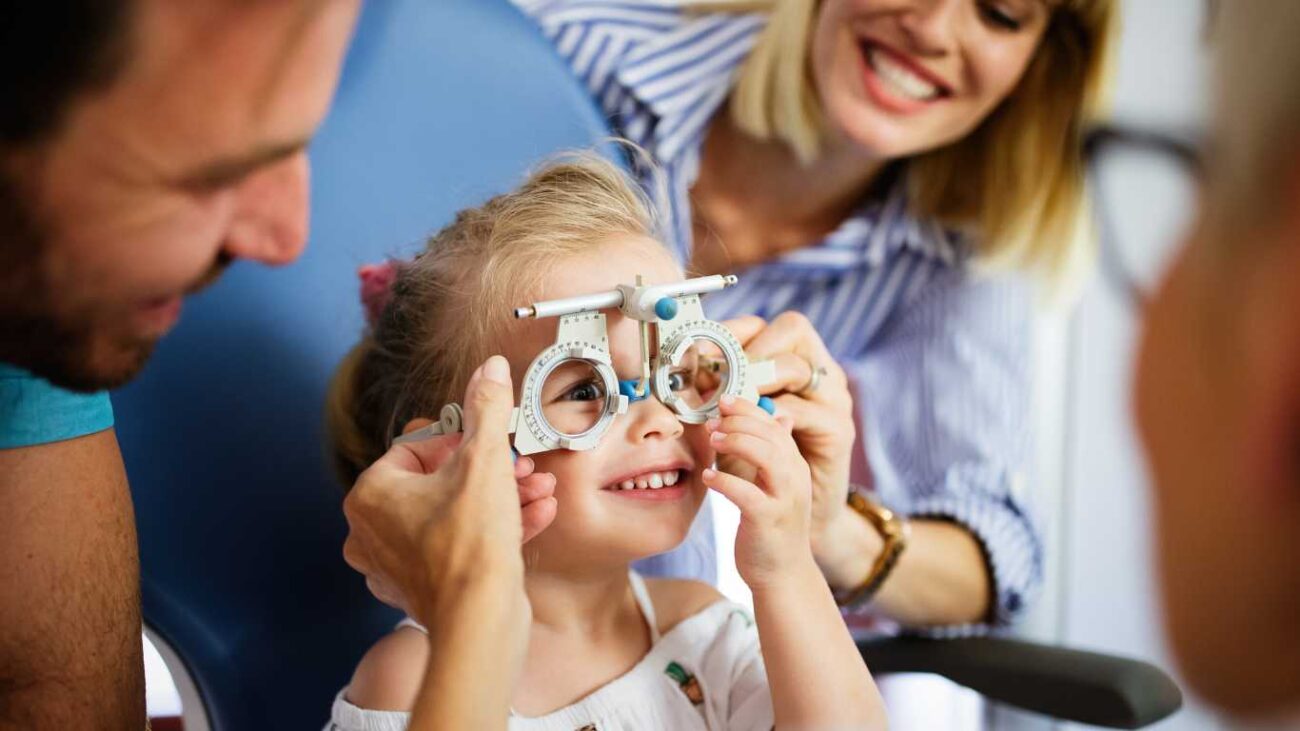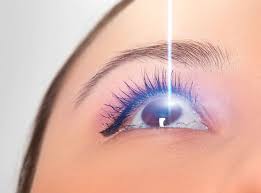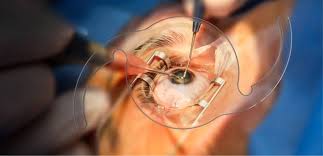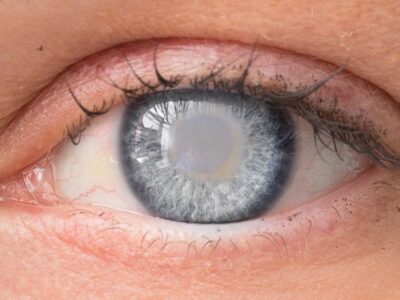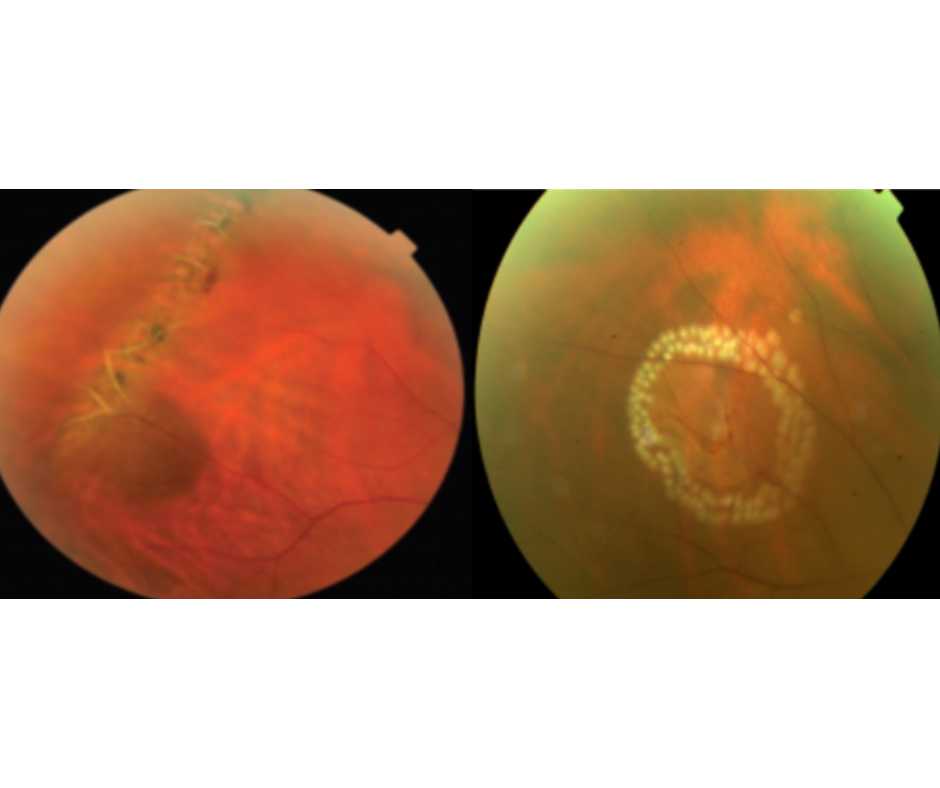Introduction
Corrective eye surgery has evolved significantly over the past several decades, offering a reliable solution for individuals with refractive vision problems. As technology advances, so too do the options available to those seeking to improve their vision. Gone are the days when glasses and contact lenses were the only solutions to conditions such as nearsightedness, farsightedness, and astigmatism. Today, with the advent of cutting-edge surgical procedures, many patients are turning to corrective eye surgery to achieve better vision and eliminate their reliance on corrective eyewear.
This article delves into the world of corrective eye surgery, examining the various types of surgeries available, their benefits, and the innovations that have shaped the field. It also explores the eligibility criteria for surgery, the procedure itself, and the recovery process. If you’re considering corrective eye surgery, this comprehensive guide will help you make an informed decision.
Understanding Corrective Eye Surgery
Corrective eye surgery refers to a variety of surgical procedures designed to improve or correct vision problems caused by refractive errors. Refractive errors occur when the eye is unable to focus light properly onto the retina, resulting in blurred vision. The most common refractive errors are:
- Nearsightedness (Myopia): Difficulty seeing distant objects clearly.
- Farsightedness (Hyperopia): Difficulty focusing on nearby objects.
- Astigmatism: Distorted or blurred vision caused by an irregularly shaped cornea.
- Presbyopia: Presbyopia is an age-related condition in which the eye’s lens loses flexibility, making it difficult to focus on close objects.
Corrective eye surgeries work by reshaping the cornea or using artificial lenses to improve the eye’s focusing ability, providing patients with clearer vision without the need for glasses or contact lenses.

Types of New Corrective Eye Surgery
As technology has advanced, so too have the techniques used in corrective eye surgery. The field is now populated with a variety of procedures designed to address specific vision issues. Here are some of the most popular and recent advancements in corrective eye surgery:
- LASIK (Laser-Assisted in Situ Keratomileusis) LASIK remains one of the most widely performed corrective eye surgeries. It uses a laser to reshape the cornea, allowing light entering the eye to focus more precisely on the retina. The procedure involves creating a thin flap in the cornea, lifting it to access the underlying tissue, and then using the laser to remove microscopic amounts of corneal tissue to improve focus.
- SMILE (Small Incision Lenticule Extraction) SMILE is a newer, minimally invasive procedure that is similar to LASIK but with less disruption to the cornea. Instead of creating a flap, the surgeon removes a small, lens-shaped piece of tissue from the cornea through a small incision. This technique reduces the risk of certain complications, such as dry eye syndrome, and provides faster recovery.
- PRK (Photorefractive Keratectomy) is another laser-based procedure that differs from LASIK by not requiring the creation of a corneal flap. Instead, the surgeon removes the outer layer of the cornea to access the underlying tissue and then uses the laser to reshape the cornea. PRK is ideal for patients with thinner corneas who are not candidates for LASIK.
- LASEK (Laser Epithelial Keratomileusis) LASEK is a variation of PRK that involves loosening the outer layer of the cornea with alcohol before reshaping the underlying tissue with a laser. Doctors often use LASEK for patients with thinner corneas or those at higher risk of complications from LASIK.
- ICL (Implantable Contact Lenses) For patients who are not candidates for laser procedures, ICL surgery is an excellent alternative. An ICL involves placing a synthetic lens inside the eye to improve vision. This procedure is reversible and is ideal for individuals with high refractive errors or thin corneas.
- Cataract Surgery with Refractive Lens Exchange For individuals over the age of 40, cataract surgery with refractive lens exchange can correct presbyopia or severe refractive errors. During the procedure, the surgeon replaces the cloudy natural lens with a synthetic intraocular lens (IOL) that corrects both cataracts and refractive vision problems.
Benefits of Corrective Eye Surgery
Corrective eye surgery offers a variety of benefits that go beyond simply eliminating the need for glasses or contact lenses. These benefits include:
- Improved Vision: Corrective surgeries are highly effective in improving vision, often providing patients with 20/25 vision or better.
- Convenience: The need for daily glasses or contact lens maintenance is eliminated, offering greater freedom in daily activities.
- Enhanced Quality of Life: With improved vision, patients often report better quality of life, including the ability to engage in sports and other activities without the inconvenience of eyewear.
- Long-Term Results: Most corrective eye surgeries provide lasting results, with many patients enjoying clear vision for years or even decades after the procedure.
- Cost Savings: Over time, the cost of corrective eye surgery may be less than the ongoing expense of glasses, contact lenses, and related supplies.
- Quick Recovery: Advances in surgical techniques, such as LASIK and SMILE, have significantly shortened recovery times compared to older procedures.

Who is a Good Candidate for Corrective Eye Surgery?
While corrective eye surgery is an excellent solution for many, not everyone is a suitable candidate. Factors that determine eligibility for surgery include:
- Age: Most surgeons recommend that patients be at least 18 years old, and their prescription must have stabilized for at least a year.
- Eye Health: Ideal candidates should have healthy eyes, with no major conditions such as glaucoma, cataracts, or severe dry eye disease.
- Refractive Error: Candidates should have a stable refractive error that is within the treatable range. Extreme prescriptions or irregular corneas may limit surgical options.
- General Health: Patients should be in overall good health, as certain medical conditions may interfere with the healing process.
- Realistic Expectations: Candidates must have realistic expectations regarding the results, understanding that while most patients achieve improved vision, there may be minor residual vision issues.
Consultation and Pre-Surgical Evaluation
Before undergoing corrective eye surgery, patients must schedule a thorough consultation and pre-surgical evaluation. This process typically includes:
- Comprehensive Eye Exam: To assess the overall health of the eyes, including measurements of the cornea, pupil size, and eye pressure.
- Refraction Test: To determine the exact prescription and assess the refractive error.
- Corneal Mapping: Using topography, the surgeon maps the shape of the cornea to ensure it is suitable for surgery.
- Discussion of Goals and Expectations: The surgeon will discuss the patient’s vision goals and whether corrective surgery is the best option.
- Medical History Review: The patient’s overall health and any underlying medical conditions will be assessed to ensure that they are fit for surgery.
The Procedure: Step-by-Step Process
While the specific steps of the procedure vary depending on the type of surgery, the general process for LASIK and similar surgeries involves the following:
- Preparation: The patient’s eye is numbed with local anesthetic eye drops. A mild sedative may also be administered to the patient to promote relaxation.
- Flap Creation: In LASIK, the surgeon creates a thin flap in the cornea using a microkeratome or femtosecond laser.
- Corneal Reshaping: The laser is used to reshape the cornea to correct the refractive error.
- Flap Repositioning: The corneal flap is repositioned over the treated area, which heals naturally within a few hours.
- Post-Surgical Care: The patient is given eye drops to prevent infection and reduce inflammation. A follow-up visit is scheduled for the day after the procedure.

Before and After Surgery: What to Expect
Before Surgery:
- It is recommended to refrain from using contact lenses for several weeks prior to the surgery.
- Make sure to have someone available to drive you home following the procedure.
- Follow any instructions provided by the surgeon, such as avoiding certain medications.
After Surgery:
- Vision may be blurry immediately after surgery, but it generally improves within a few days.
- Some discomfort, dryness, or irritation may occur in the first few days.
- Patients should avoid rubbing their eyes, strenuous activities, and exposure to water (like swimming) for several weeks.
Potential Risks and Complications
While corrective eye surgery is generally safe, there are some risks, including:
- Dry Eyes: Many patients experience dryness after surgery, which can be temporary or long-term.
- Overcorrection or Undercorrection: Some patients may not achieve the desired vision outcome and may require additional procedures.
- Infection: Although rare, infection is a potential risk after any surgical procedure.
- Visual Disturbances: Some patients may experience glare, halos, or double vision, particularly at night.
Recovery and Healing Process
The recovery process varies depending on the type of surgery performed, but most patients can expect the following:
- Immediate Recovery: After LASIK or SMILE, most patients experience improved vision within a day or two.
- Full Recovery: Complete healing can take several weeks to a few months, depending on the procedure and the individual.
- Follow-Up Visits: Regular follow-up visits will be scheduled to monitor the healing process and ensure the desired results are achieved.
Comparing Costs and Insurance Coverage
The cost of corrective eye surgery varies by procedure, surgeon experience, and location, but on average, LASIK can cost anywhere from $2,000 to $3,000 per eye. Some insurance plans offer partial coverage, while others may offer discounts with in-network providers. It’s important to verify insurance coverage before proceeding.
New Innovations in Corrective Eye Surgery
New technological advancements continue to shape the future of corrective eye surgery. Innovations such as femtosecond lasers, wavefront-guided technology, and artificial intelligence are improving surgical precision, safety, and recovery times. Additionally, research into new types of intraocular lenses and even gene therapies may offer further breakthroughs in vision correction.
Real Patient Testimonials and Success Stories
Many patients have shared their success stories after undergoing corrective eye surgery. From athletes who can now perform without the burden of glasses to professionals who enjoy the clarity of 20/20 vision, these success stories demonstrate the life-changing benefits of corrective eye surgery.
Common Myths About Corrective Eye Surgery
There are several myths surrounding corrective eye surgery, such as:
- Myth 1: The surgery is painful. In reality, patients experience minimal discomfort due to local anesthesia.
- Myth 2: Corrective eye surgery is only for young people. Many people over 40 can still benefit from the surgery.
- Myth 3: The surgery has a high risk of complications. With advancements in technology, complications are rare.
Conclusion
Corrective eye surgery has revolutionized the way people experience vision correction. With numerous options available, patients can now choose the procedure that best fits their needs. While the surgery is not without risks, the benefits—clearer vision, reduced dependence on glasses or contacts, and improved quality of life—make it a compelling option for many. If you’re considering corrective eye surgery, consulting with a qualified ophthalmologist is the first step toward a brighter, clearer future.
Author Details:
Dr. Sushruth Appajigowda holds a prominent position as a Cornea, Cataract, Glaucoma, and LASIK Surgeon in Bangalore. He serves as the chief Cataract and Refractive surgeon at Vijaya Nethralaya Eye Hospital, Nagarbhavi Bangalore. Renowned as one of the finest LASIK surgeons nationwide, he brings with him over 12+ years of experience across multiple LASIK platforms, including ZEISS, ALCON, SCHWIND, AMO, and Bausch and Lomb. Having successfully conducted over 5000 LASIK procedures, Dr. Sushruth holds the title of a Certified Refractive Surgeon and a Fellow of the All India Collegium Of Ophthalmology. Furthermore, he stands as a distinguished speaker at various National and International Forums, using his expertise to guide you in selecting the most suitable procedure based on your health requirements.

http://vijayanethralaya.com/link-in-bio/
FAQ
Will corrective eye surgery work for me?
Eligibility depends on various factors, including your eye health, age, and refractive error. A consultation with an ophthalmologist is necessary to determine if you’re a good candidate.
Is corrective eye surgery safe?
Yes, when performed by a qualified surgeon, corrective eye surgery is generally safe and effective.
How long does the surgery take?
The procedure typically takes between 10 to 30 minutes per eye, depending on the surgery type.
Can I still wear glasses or contacts after surgery?
Most patients achieve 20/25 vision or better, but some may need glasses for specific tasks, such as reading.
How soon can I return to work after surgery?
Many patients return to work within 24-48 hours, though some may take longer to fully recover.
